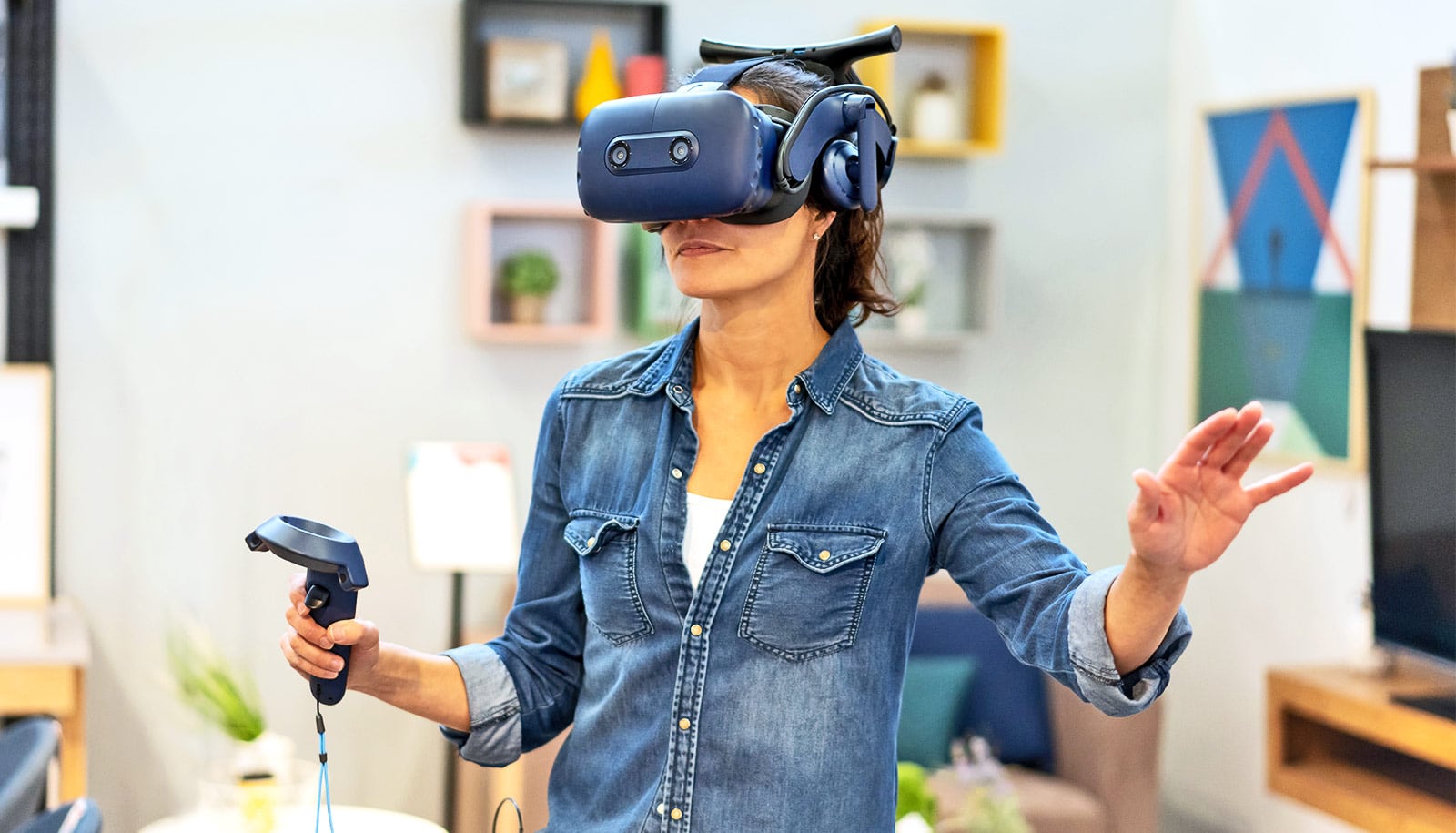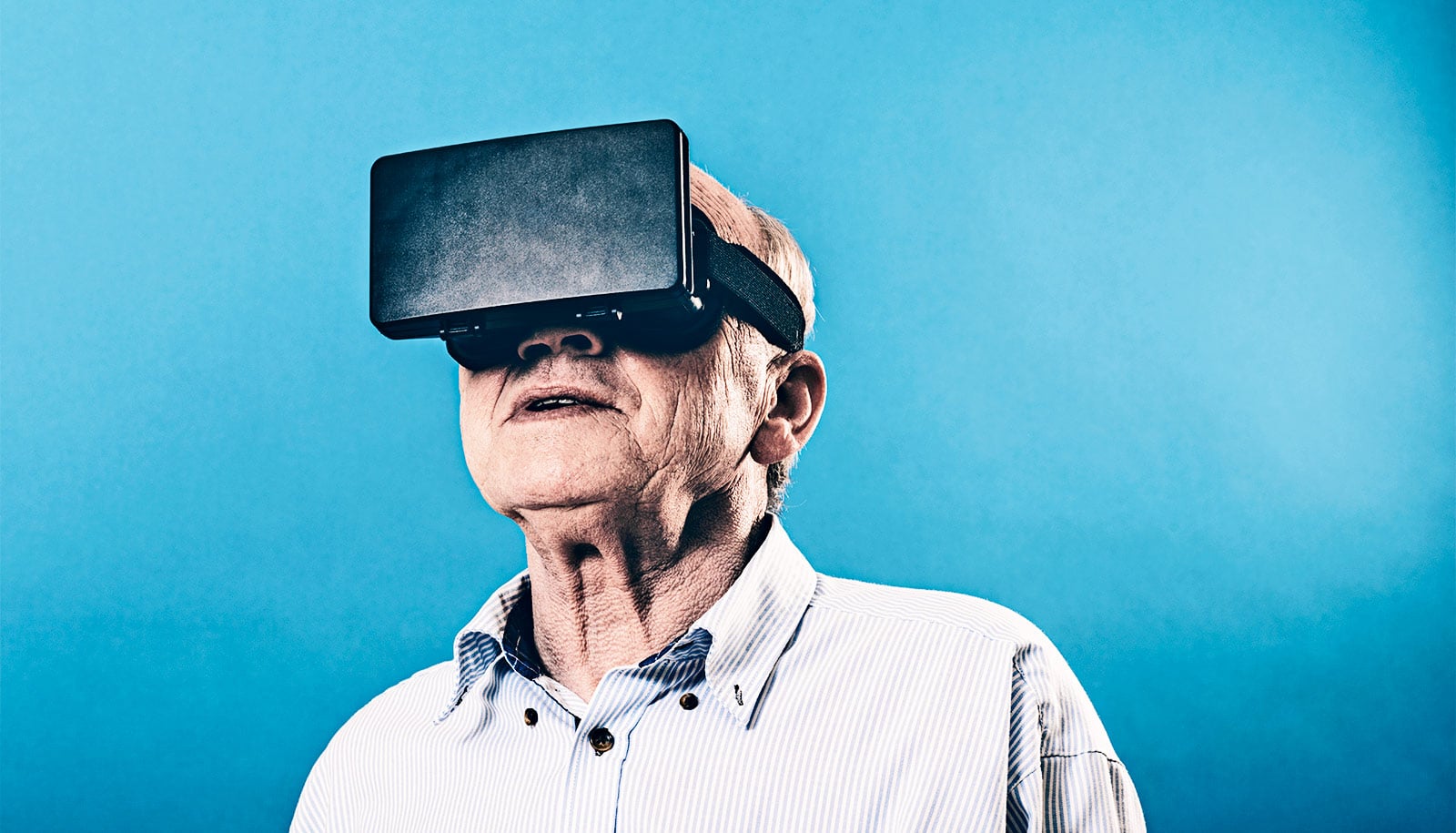Virtual reality simulations can help people with autism complete real-world tasks, a new study finds.
University of Missouri researcher Noah Glaser—in collaboration with Matthew Schmidt, an associate professor at the University of Georgia, and others—partnered with a program at the University of Cincinnati on a pair of studies geared toward providing autistic people virtual training opportunities to practice using a public bus to get around town.
Using artificial intelligence (AI), the research team found that people with autism often experience their environment differently than their neurotypical peers, and that their attention and gaze patterns are often diverted due to sensory processing challenges in overstimulating environments.
The findings pave the way for future research exploring how virtual reality simulations can provide a safe space to practice various tasks and help individuals with autism increase their self-confidence and community engagement.
“There is an abundance of autism-related research in the medical industry, but we want to show how interventions beyond medicine can help autistic people feel more comfortable in society,” says Noah Glaser, an assistant professor in the University of Missouri College of Education and Human Development.
One study examined how a group of young adults with autism navigated an on-campus bus system.
To gather data, Glaser and team created a virtual reality simulation that’s an exact replica of a university’s campus and shuttle system. They used an AI technique known as “computer vision“—or the ability for computers to detect objects and make informed decisions—to analyze how participants wearing the virtual reality headset attended to physical objects along their virtual journey across campus to the bus stop. They then compared that data to neurotypical users to see what differences might exist.
“We know that neurodiverse individuals often have sensory processing challenges, and certain environments—like going to a bus stop on a busy college campus—can be overstimulating and anxiety-inducing,” Glaser says. “If we can identify which objects were most distracting to neurodiverse learners along their journey and what objects were being attended to the most, we can manipulate or reduce that extra stimuli in a safe, controlled environment before participants attempt that activity in the real world.”
Part of the virtual simulation involved an instructor modeling the skills the participants would eventually perform in real life on a guided tour to the virtual bus stop.
“This project helps us better understand the nature of human-computer interaction from a group of users who typically are left out of those conversations,” Glaser says. “We need more research with neurodiverse individuals to better understand how they interact with virtual reality learning environments so we can adapt the interventions to become more accessible.”
The research is just the tip of the iceberg into examining how AI and virtual reality simulators can help special education professionals, intervention specialists and instructional designers support neurodiverse individuals, Glaser says.
“Going forward, we can use these tools to help provide training opportunities for neurodiverse learners who are interested in cybersecurity and science, technology, engineering and math (STEM)-related fields,” Glaser says. “These are industries that have historically been severely underrepresented in people with disabilities and neurodiverse individuals.”
Glaser says he hopes his efforts can help translate the skills neurodiverse learners adapt virtually into the real world, which will improve both their own self-confidence and their contributions to society at-large.
“This work can spark more opportunities for promoting inclusive learning environments and better understanding of how neurodiverse individuals use and interact with technology. When learning interventions are being developed, it is important we include neurodiverse individuals as part of the design process.”
The studies (study 1, study 2) are published in the journal Computers & Education: X Reality.
Additional coauthors are from the University of Georgia and the University of Cincinnati.
Source: University of Missouri


